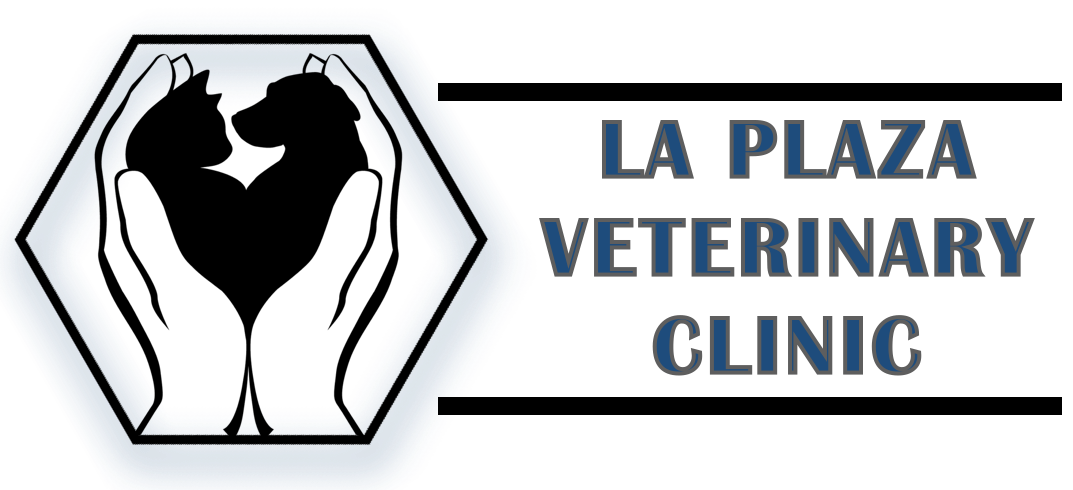Library
-
A burn is a type of skin injury, commonly caused by heat, fire, or chemicals. Burns are classified based on how many layers of skin are affected; this classification scheme can help predict prognosis. Treatment of burns varies, depending on the severity of the burn and how much of the body is affected. Superficial burns may heal without treatment, while more severe burns may require hospitalization and possible skin grafts.
-
A burn is a type of skin injury, commonly caused by heat, fire, or chemicals. Burns are classified based on how many layers of skin are affected; this classification scheme can help predict prognosis. Treatment of burns varies, depending on the severity of the burn and how much of the body is affected. Superficial burns may heal without treatment, while more severe burns may require hospitalization and possible skin grafts.
-
Burr tongue is (also called burdock tongue, granular stomatitis, and granulomatous glossitis) is caused by ingestion of the burrs from the burdock plant. Burr tongue is most seen in long-haired dogs when they accidentally traumatize their tongue and mouth on the burrs during grooming. The hooked scales of the burrs become embedded in the tongue and gums and cause an intense foreign body reaction.
-
Buspirone is given by mouth and is used off label to treat behavior disorders in dogs and cats. Common side effects include increased friendliness or aggression, sleepiness, decreased appetite, nausea, or a slower heart rate. Do not use in pets that are allergic to it or have recently worn a flea/tick collar. If a negative reaction occurs, please call your veterinary office.
-
Butorphanol is a partial opiate agonist/antagonist that is used as an analgesic, pre-anesthetic, antitussive, or antiemetic. The injectable form is used subcutaneously, intramuscularly, or intravenously, and the tablet is given by mouth. Side effects include sedation, ataxia, anorexia, or rarely diarrhea. Caution should be used in pets with liver or kidney disease, Addison's disease, head trauma, or other CNS dysfunction, or in geriatric or severely debilitated patients.
-
Recommendations for New Puppy Owners: Veterinary Care
Nos gustaría felicitarle por la adquisición de su nuevo cachorro. Ser propietario de un cachorro es una experiencia extremadamente satisfactoria, pero además conlleva cierta responsabilidad. Esperamos que estas notas que le ofrecemos le sean de ayuda. Si tiene alguna pregunta relacionada con cualquier tema sobre la salud de su cachorro, por favor no dude en ponerse en contacto con nosotros.
-
Puppy Behavior and Training – Training Basics
Los perros se pueden adiestrar desde el momento en que llegan a casa. Los cachorros aprenden desde el nacimiento; por eso, muchos criadores incentivan la manipulación y la socialización desde el nacimiento. Los cachorros más jóvenes son capaces de mantener la atención durante periodos de tiempo muy cortos, pero con 7 u 8 semanas de edad ya podemos esperar que empiecen a aprender órdenes simples de obediencia como sienta y échate.
-
Puppy Behavior and Training: Sit, Down, Stand and Stay
Debe utilizarse un trocito de comida como premio, mantenerlo sobre la nariz del perro y desplazarlo lentamente hacia arriba y hacia la cola del perro. El cachorro se sentará al seguir la comida con la cabeza.
-
Getting Your Puppy Started Off Right
Cuando el cachorro llega a casa necesita un periodo de adaptación. El objetivo es ayudarle a unirse rápidamente a la familia y minimizar el estrés asociado a la separación de la madre, los hermanos y la casa previa. La presencia de otro perro en la casa puede facilitar la transición, ya que al cachorro le resulta más fácil identificarse con los de su misma especie.
-
Play Biting in Puppies
A menudo se cree que el mordisqueo en los cachorros se debe al cambio de dentición, pero con frecuencia se trata de una forma de juego social. Hay que ofrecer a los cachorros muchas oportunidades para jugar.



